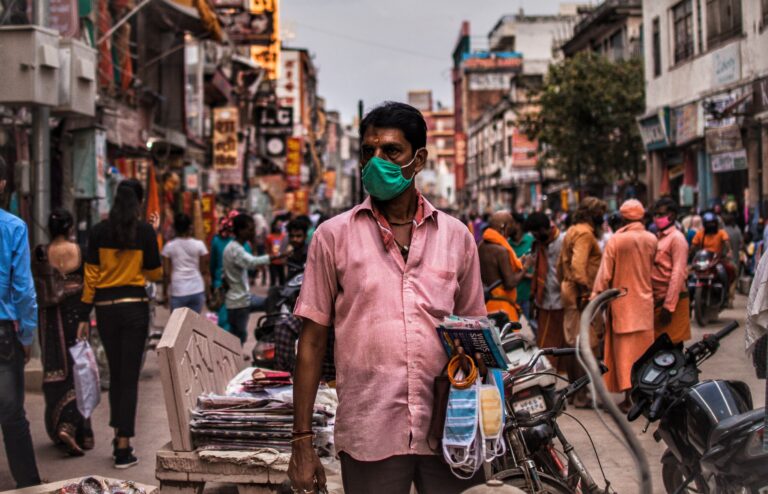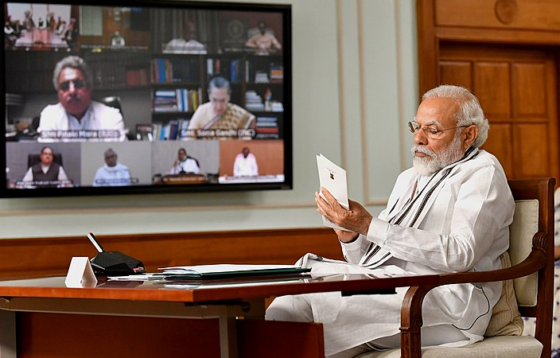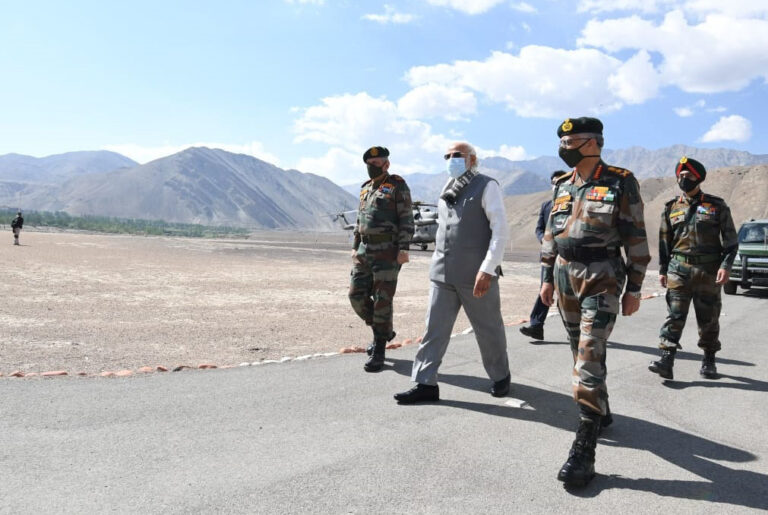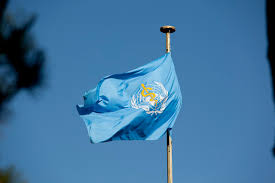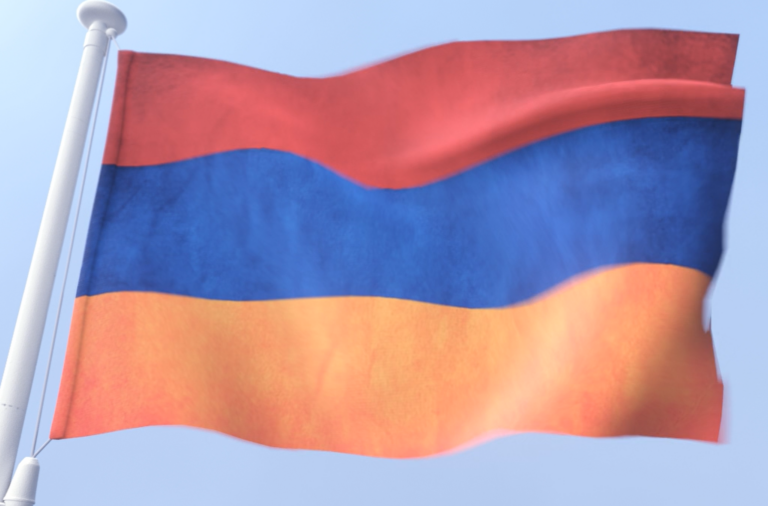
Armenia, like other post-Soviet countries, particularly in the southern region, traditionally pursues a multi-vector foreign policy. The aim of such a policy is to utilize different options to maximize foreign assistance and support. This often involves addressing unconventional tasks to balance conflicting foreign policy vectors. Armenia faces a similar task of balancing in the new configuration.




